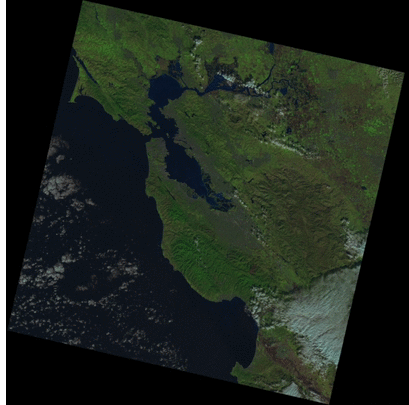



Asaf Inbal
Senior Lecturer
Department of Geosciences
Tel Aviv University
I study earthquake source seismology and the mechanics of faulting in the crust. My research involves using observations and theory to better understand processes that control earthquake generation and interaction, fault slip, and rupture dynamics. I am also developing techniques for earthquake identification with new observational platforms such as smartphones.
REASEARCH SNAPSHOTS
We have been using the 5200-sensors Long-Beach seismic array to study seismicity along the Newport-Inglewood Fault (NIF), a major fault traversing the Los-Angeles basin in southern California, and a long-time hub for the area's oil industry. We found that seismicity beneath LB penetrates the crust and extends into the upper mantle. The main results were published in Science and GRL. The study was also covered by the LA Times. This work is part of my Ph.D. thesis with J.-P. Ampuero and R. Clayton at Caltech.

I have been studying the evolution of slow-slip events (SSE) along the central section of the San-Jacinto Fault, the most seismically active fault segment in southern California. Several triggered SSEs (several-week long episodes during which the fault slips at rates that are ~100 times faster than usual), have been picked up by sensitive borehole strainmeters near the fault.
Together with J.- P. Ampuero and J. P. Avouac (Caltech), I developed a new joint imaging technique that uses strainmeter and seismicity data to infer the spatiotemporal evolution two SSEs triggered during 2010 in Anza. This study was recently published in JGR.
This animation shows the evolution of off-fault stresses during the recent M5.2 2016 Borrego Springs earthquake sequence (mainshock and aftershocks locations are indicated by green star and circles. Warm and cool colors are for positive and negative stresses, respectively. I thank Z. Ross who compiled the catal-og).

As a postdoc at the Berkeley Seismological Laboratory I am studying how to use smartphones for earthquake detection. The data are recorded from tens of thousands of users who downloaded the MyShake app to their phone, as part of an on-going project here at UC Berkeley. The animation shows the distribution of MyShake users in the SF Bay Area.
By using the dense coverage of smartphones, I am hoping to be able to identify small earthquakes in sparsely instrumented cities exposed to devastating earthquakes, such as Lima and Katmandu.
This work is done in collaboration with R. Allen.
